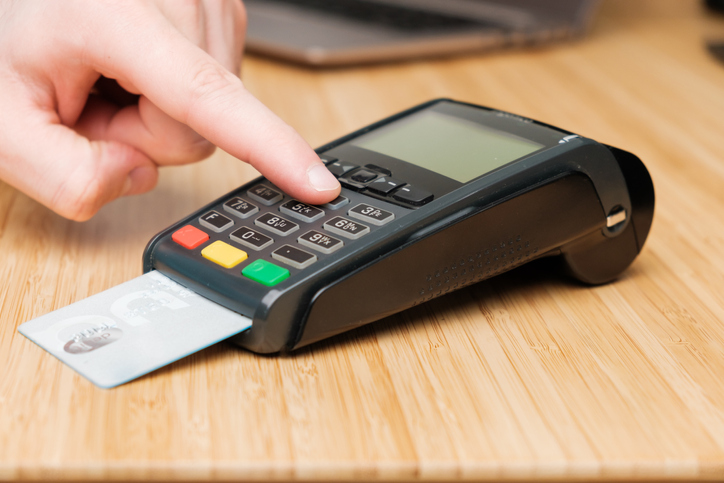From BrewDog to BlowLTD, some of today’s biggest young brands had their first boost through equity crowdfunding. For five years, this new way of funding has made early-stage investment accessible to anyone with a wallet and passion for British entrepreneurship.
In the best case scenario, ambitious start-ups make their case for financing in exchange for a varied stake in the business. Investors purchase shares, businesses reach their funding target, and move on to bigger and better things. Until now, however, the shares investors purchase have been very difficult to trade.
Investors would need to wait for an exit event such as an IPO or a sale of the business to realise any returns, while others who may have missed an investment opportunity would have to wait to get involved in another funding round to get involved.
Seedrs is launching a secondary market as a beta version this summer to build out more opportunities for investors to realise early returns. As in any market, the ability to buy or sell will depend on there being sufficient supply or demand.
For investors
This secondary market will give investors the opportunity to sell shares in companies they’ve invested in via Seedrs to other investors, while alleviating some of the pressure equity-backed entrepreneurs traditionally face in exiting the business prematurely.
“We have listened to our huge investor base, who have increasingly been showing a desire for a mechanism to buy and sell shares in our portfolio companies,” says Jeff Lynn, CEO and co-founder of Seedrs.
According to Lynn, investors have increasingly been posting offers to buy or sell shares in portfolio companies on those companies’ post-investment pages on the Seedrs platform. Given the clear desire among investors to conduct secondary trades, the platform should help facilitate them, but setting up and developing a secondary market isn’t as intuitive as it may seem.
“Secondary markets are challenging to operate successfully, and we are very conscious of our obligation to provide our investors the best experience we can,” Lynn adds. “That is why we are launching this product in beta form initially, so that we can observe behaviour and make improvements as we go.
“The potential opportunities that a secondary market brings for buyers, sellers and entrepreneurs alike makes this development incredibly exciting,” adds Lynn. “Perhaps most importantly, we believe this will help businesses who are raising capital through Seedrs: with the prospect of secondary sales now available, we expect more investors are likely to want to back the great businesses we work with.”
For entrepreneurs
While the secondary market is an investor-focused product, it has substantial advantages for entrepreneurs as well.
Those companies that have already raised capital through Seedrs will find themselves under less pressure to deliver an early–and possibly premature–exit for their investors, as the secondary market provides those investors with another possible route to liquidity.
Meanwhile, companies who are considering raising money through Seedrs will benefit from an expected increase in available capital, as more investors are attracted to this asset class due to the prospect of secondary trading.
Julian Sutton, a Seedrs investor and business consultant believes the lack of a secondary market has has long been a deterrent for many investors. “Seedrs has until now offered me an exciting opportunity to build a diverse investment portfolio in a previously inaccessible asset class. However in the short term, whilst I could claim up to 50 per cent tax relief from eligible companies, I have had to sit tight to see long term yields materialise.”
“With the launch of a secondary market, I can realise returns in my portfolio by selling shares without having the wait for the business to actually exit,” Sutton adds.
Seedrs’ nominee structure means that the platform will take care of the entire process, without the company whose shares are being traded needing to get involved with any of the administrative matters. In the absence of such a nominee, the mechanics of trading shares would be substantially more complicated.
Seedrs believes that a secondary market is integral to the sector’s long term sustainability, but warns that investors should be aware that a secondary market for shares in private companies has historically been highly illiquid.
It can be difficult to find a buyer or seller when desired, and investors should not assume that an early exit will be available just because a secondary market exists.
The beta version
For purposes of the beta, Seedrs will put several key rules in place:
- The market will be open for trading for a one-week window every month. The window will start on the first Tuesday of each month, which Seedrs calls “Trading Tuesdays”.
- Shares will trade only at “fair value”, which is the price that Seedrs marks them pursuant to its Valuation Policy, which, according to accounting firm EY, is consistent with the industry-standard International Private Equity and Venture Capital Valuation (IPEV) Guidelines.
- Only current investors in a given company will be allowed to buy shares in it.
- Some companies will be ineligible for trading at certain times. This will generally be the case where the company is in the process of a major corporate transaction or other extraordinary circumstances are in place.
- Seedrs will observe market behaviour closely. Depending on how it functions, Seedrs may look to expand the timing (longer windows or continuous trading), pricing (negotiated or bid/offered prices) and/or eligibility (new investors, when companies are ineligible) after the initial beta launch.






